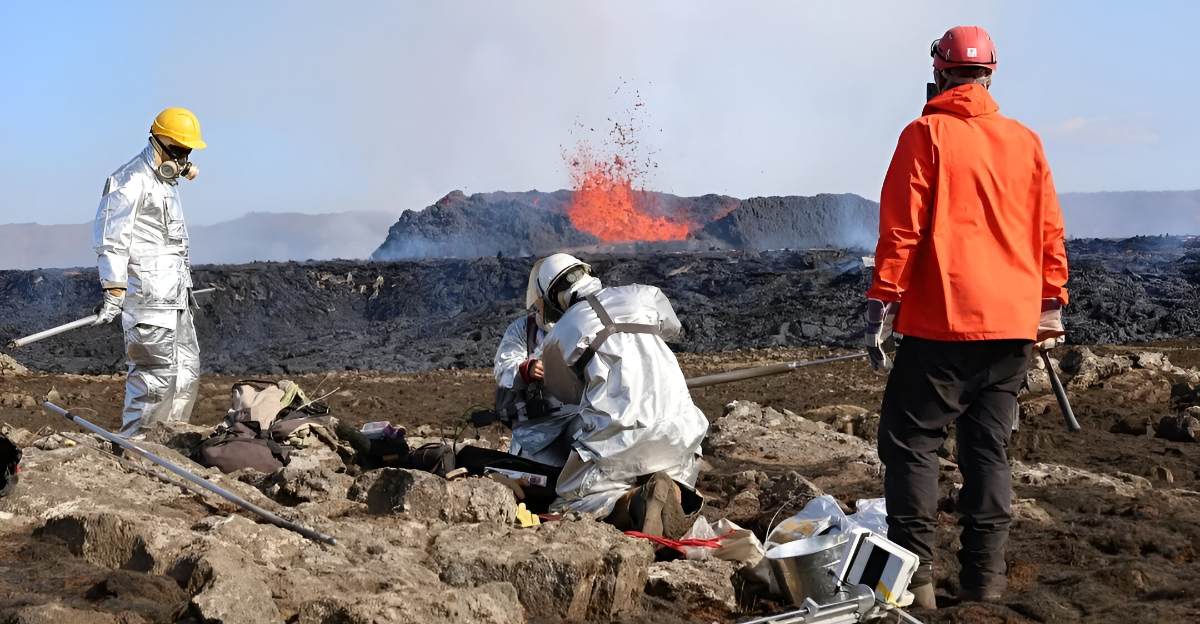
Supervolcanoes pose one of the most severe natural threats to humanity, capable of triggering global climate disruptions and widespread devastation. Their eruptions can eject thousands of cubic kilometers of ash and gases, leading to “volcanic winters” that disrupt agriculture and ecosystems worldwide. Recent scientific breakthroughs offer promising insights into preventing or mitigating these catastrophic events.
This article focuses on two major supervolcanoes, Yellowstone in the United States and Campi Flegrei in Italy, to explore how discoveries about magma dynamics, groundwater pressure, and geological warning systems reshape our understanding and management of supervolcano risks.
Understanding Supervolcanoes and Their Threat
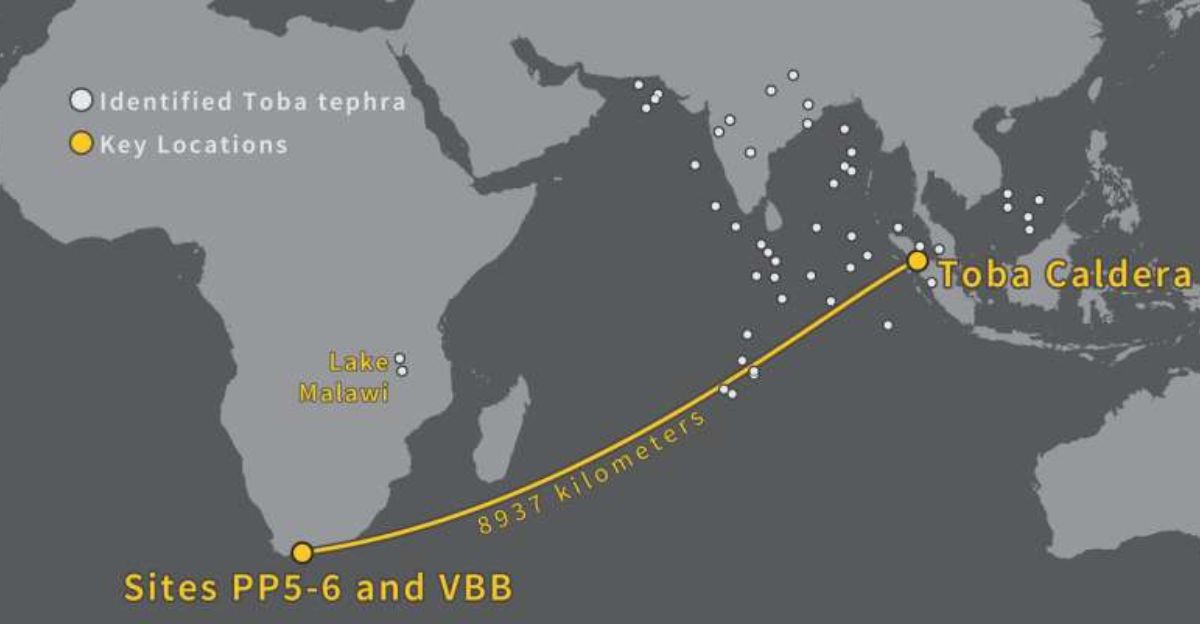
Supervolcanoes are volcanic systems capable of eruptions ejecting at least 400 cubic kilometers of material, dwarfing typical volcanic events. Historical supereruptions, such as the Toba event 74,000 years ago, caused global temperature drops of 3-5°C and mass extinctions. These eruptions’ ash and sulfur aerosols can block sunlight, triggering prolonged volcanic winters that devastate agriculture and human societies.
Due to their immense scale, supervolcano eruptions threaten ecosystem stability, societal infrastructure, and global food security, making monitoring and early warning systems essential for risk mitigation.
The Discovery of the Magma “Lid” at Yellowstone
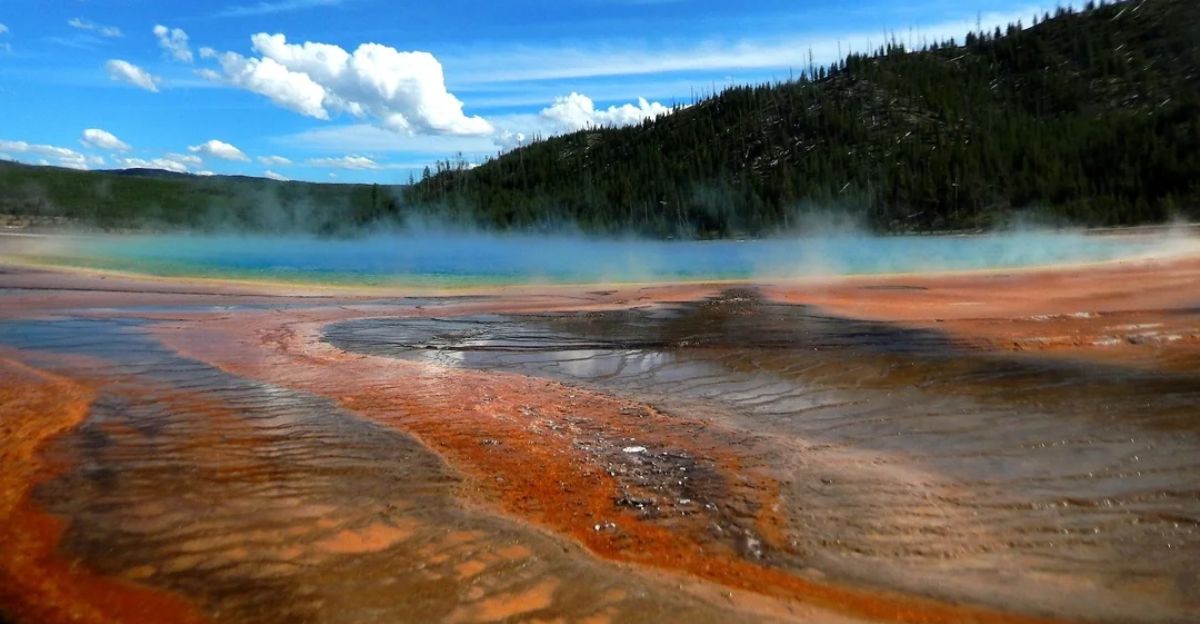
Scientists have identified a deep magma “lid” located 3.5 to 4 kilometers beneath Yellowstone’s surface. This dense, solidified magma layer acts as a pressure cap, trapping gases and magma below, which helps prevent sudden eruptions.
Researchers liken this “lid” to a CPAP machine that maintains stable pressure in the volcano’s magma chamber, reducing the risk of explosive release. This discovery provides a natural explanation for Yellowstone’s relative dormancy despite its vast magma reservoir.
Groundwater Pressure and Earthquake Link at Campi Flegrei

Recent Stanford research reveals earthquakes beneath Italy’s Campi Flegrei supervolcano are more closely linked to groundwater pressure changes than magma movement.
This insight suggests that managing subsurface water flow could reduce seismic activity and lower eruption risks. By controlling groundwater pressure, scientists may develop new strategies to stabilize supervolcanoes and prevent their awakening, representing a significant advance in risk mitigation.
Geological Models Predicting Eruption Warning Times

University of Illinois studies show that supervolcanoes undergo a “rejuvenation” phase lasting hundreds to thousands of years before an eruption, driven by tectonic stress and magma supply dynamics.
This phase provides ample geological warning signs, such as increased seismicity and ground deformation, allowing for long-term monitoring and preparedness. These models reassure that catastrophic eruptions are preceded by detectable precursors, enabling potential early interventions.
Gas Venting and Hydrothermal Activity as Safety Valves
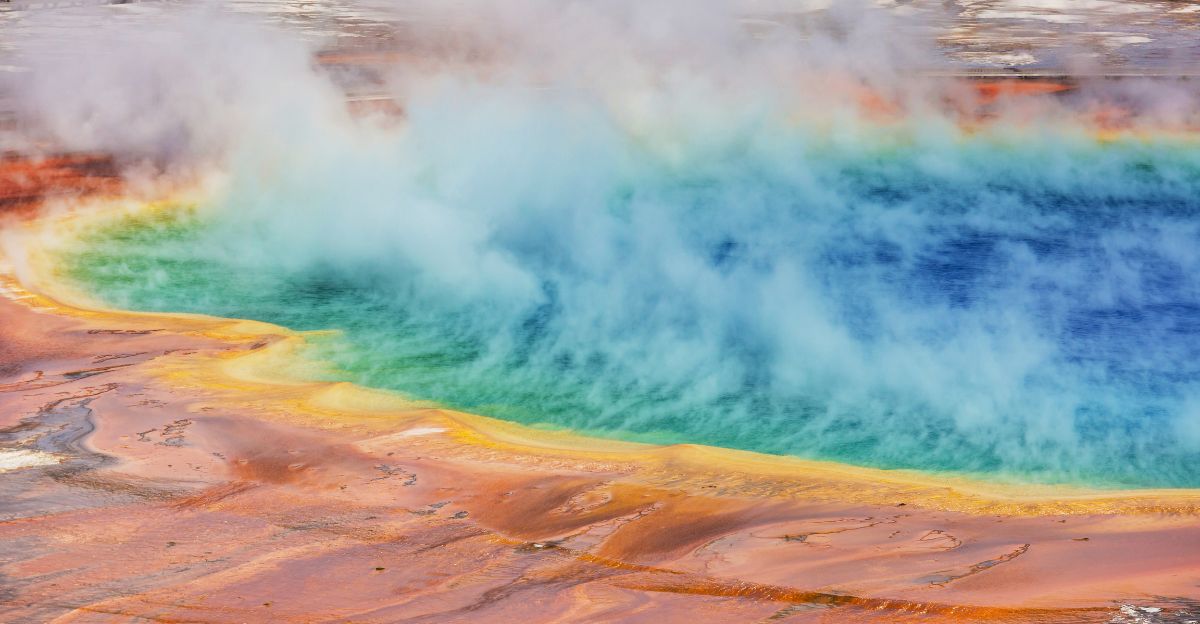
Yellowstone naturally vents volcanic gases through fissures and hydrothermal features, effectively releasing pressure from its magma chamber. These “safety valves” reduce the buildup of explosive forces that could trigger an eruption.
Monitoring these vents and hot springs is crucial to detect gas emissions or hydrothermal activity changes, which serve as early warning indicators of volcanic unrest.
Innovative Monitoring Techniques and Technologies

Cutting-edge methods, including seismic wave analysis using vibroseis trucks, allow detailed mapping of subsurface magma reservoirs. Artificial intelligence is increasingly applied to analyze earthquake patterns and predict volcanic activity, with some underwater volcanoes demonstrating the potential for months to years of advanced eruption forecasts.
These technologies enhance our ability to anticipate supervolcano behavior and improve disaster preparedness.
Interdisciplinary Impacts and Applications
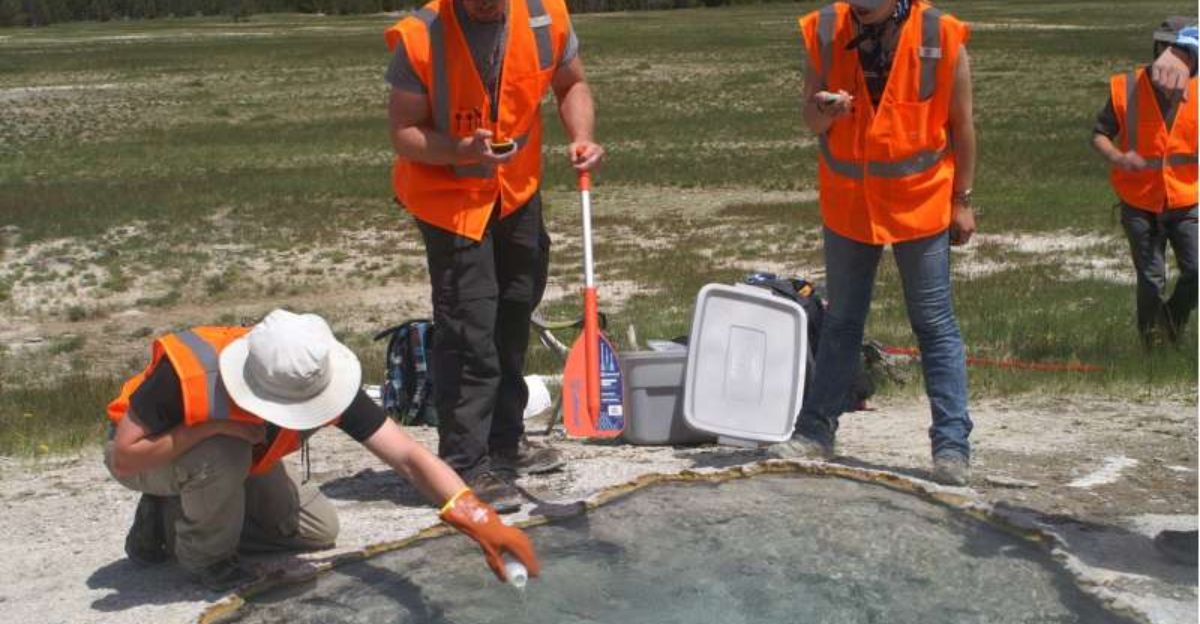
Understanding magma dynamics and pressure regulation has broader implications beyond volcanology. Insights gained aid geothermal energy development by optimizing reservoir management and informing carbon dioxide storage techniques underground.
These cross-industry applications demonstrate how supervolcano research contributes to sustainable energy and climate change mitigation efforts while enhancing disaster response capabilities.
Contrarian Views and Remaining Challenges
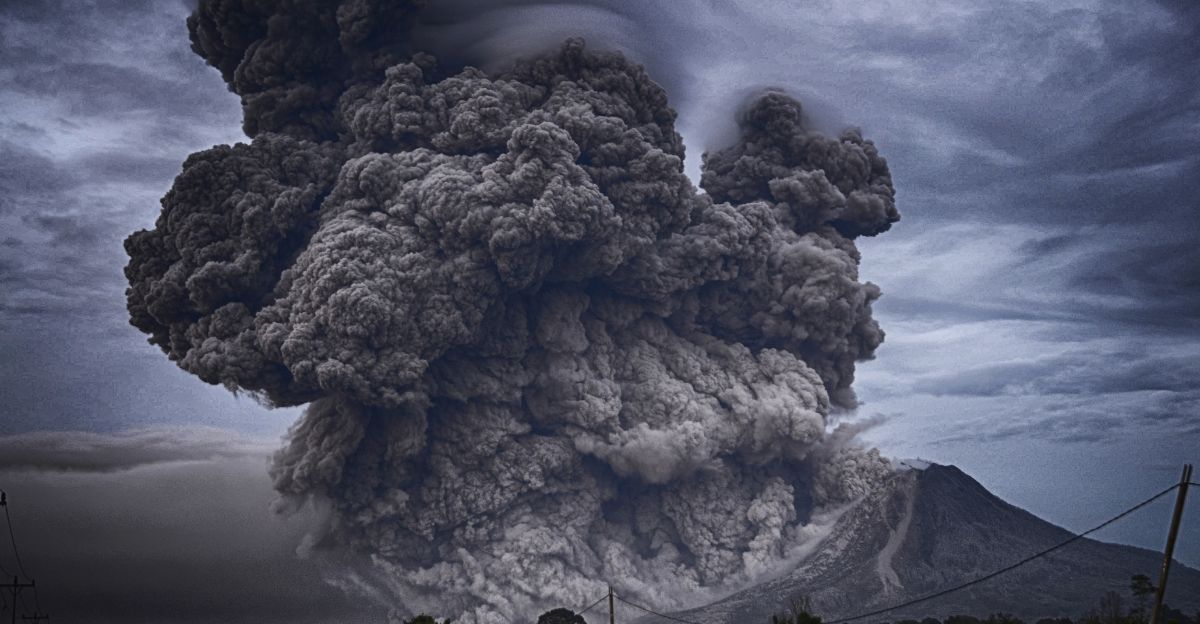
Despite advances, uncertainties remain regarding the precise timing and triggers of supervolcano eruptions. The complex interplay of tectonic forces, magma chemistry, and hydrology can alter predictions, necessitating cautious interpretation of models.
Some experts emphasize that no current technology can prevent a supereruption, underscoring the need for ongoing research and robust monitoring to manage risks effectively.
Future Outlook
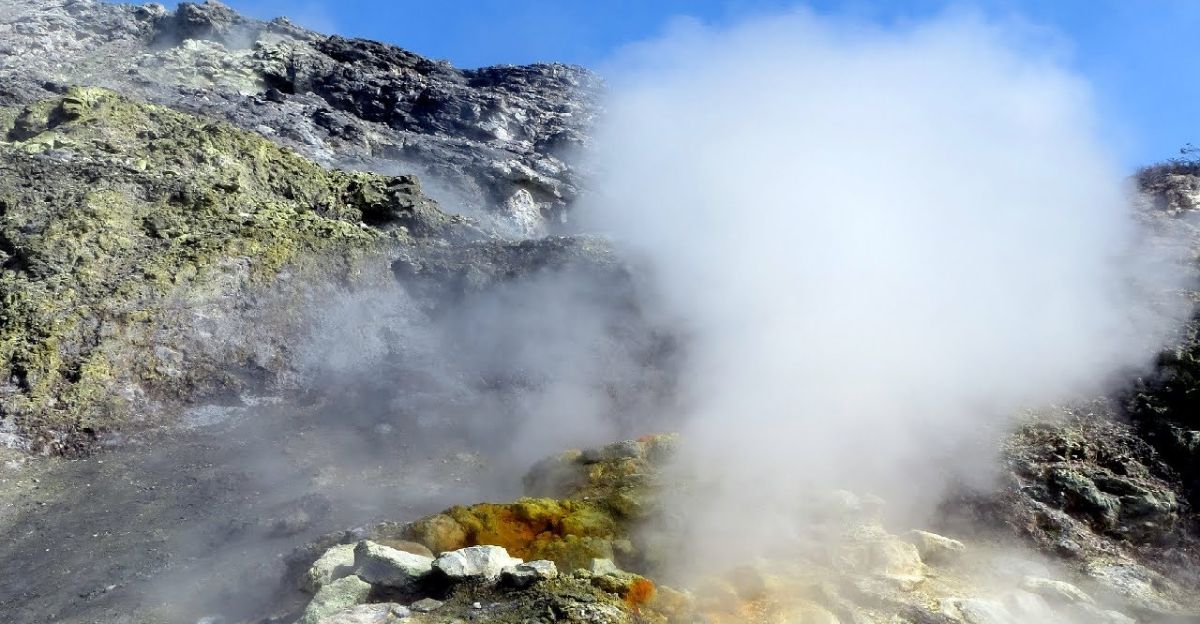
Recent scientific breakthroughs reveal natural and manageable barriers that reduce the likelihood of imminent supervolcano eruptions. Discoveries such as Yellowstone’s magma lid and groundwater pressure control at Campi Flegrei provide hope for effective risk mitigation.
However, continuous monitoring, interdisciplinary research, and preparedness remain vital to safeguard humanity from these rare but devastating events. The future lies in combining natural understanding with technological innovation to anticipate and possibly prevent supervolcano disasters.
Explore more of our trending stories and hit Follow to keep them coming to your feed!

Don’t miss out on more stories like this! Hit the Follow button at the top of this article to stay updated with the latest news. Share your thoughts in the comments—we’d love to hear from you!







